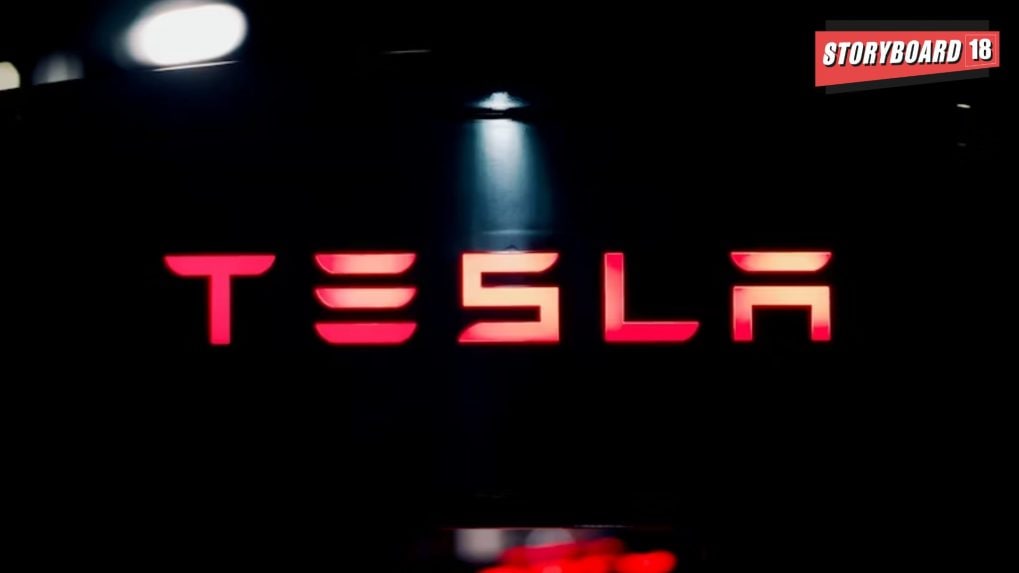Digital
Why OpenAI is hiring 100 ex-bankers: Inside the ChatGPT-maker's secret project to automate Wall Street's grunt work

American electric vehicle and clean energy giant Tesla is set to roll out in-car voice assistant functions in China, powered by Deepseek and ByteDance’s Doubao AI, in a bid to catch up with local rivals offering similar capabilities.
According to Tesla’s updated terms of service, the new AI-driven assistant will allow drivers to use voice commands to control navigation, in-car entertainment, cabin temperature, and access real-time news updates.
Media reports suggest Doubao will primarily handle voice command processing, while Deepseek will manage AI interaction. Both models will run on ByteDance’s Volcano Engine cloud service.
The move reflects a broader trend among foreign automakers increasingly partnering with domestic AI providers to better localise their offerings for Chinese drivers. Earlier in March, BMW announced its partnership with Alibaba, integrating the QWen large language model into models designed for China.
By contrast, Tesla vehicles in the U.S. currently rely on Grok, developed by Elon Musk’s AI startup xAI.
Read More: Tesla debuts in Mumbai with first showroom. Here's the full price list of its EVs in India
In a wide-ranging interview with Storyboard18, Sorrell delivers his frankest assessment yet of how the deal will redefine creativity, media, and talent across markets.